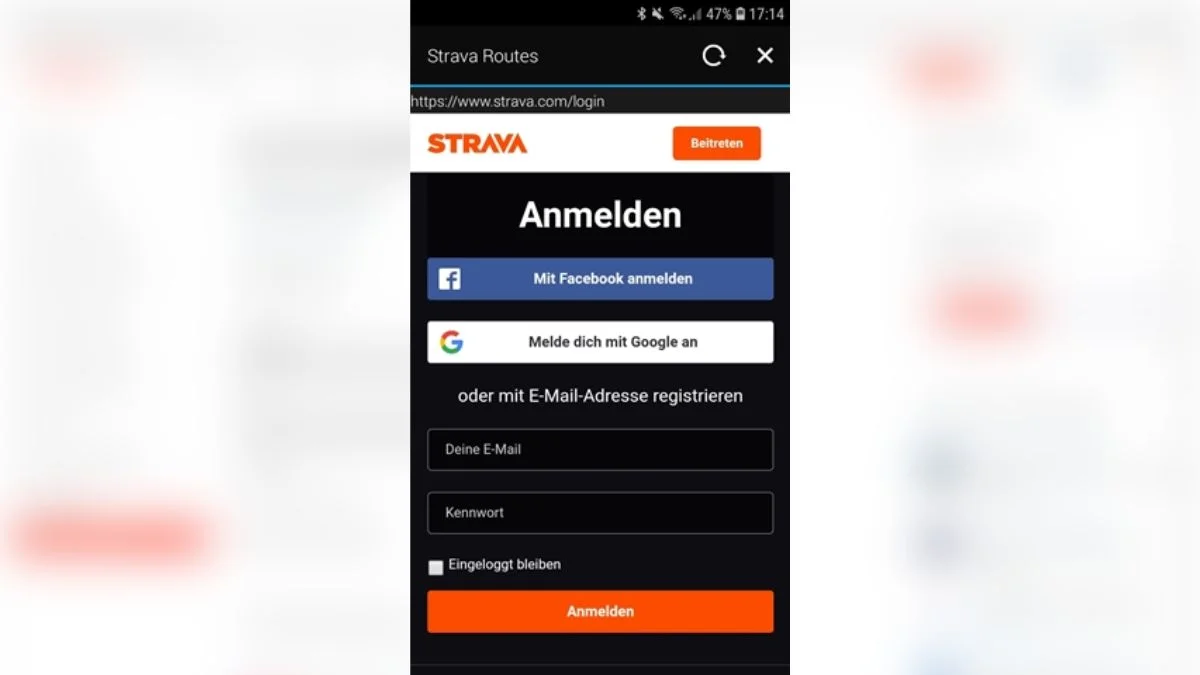The Joomla OAuth & OpenID Connect Single Sign-On (SSO) plugin offers a secure way to log in to Joomla by utilizing Strava as an OAuth and OpenID Connect provider.
This plugin also supports other OAuth providers like Azure B2C and Office 365, allowing for versatile authentication options. This guide will walk through configuring SSO between Joomla and Strava, enabling seamless login functionality.
Step 1: Creating a Strava App
- Visit www.developers.strava.com and log in or register for a Strava account.
- Select “Create & Manage Your App” to create a new app.
- Enter the required application details, such as the app name and description.
- Upload an app icon and save your configurations.
- Your Client ID, Client Secret, and APP Token are on the app’s page. Copy these for later use.
If you’re interested in learning about the related content, check out the posts below:-
- Streamline Your Scheduling: A Comprehensive Guide to Integrating Zoom with Calendly
- Optavia Connect Login Guide: Accessing Your Lifelong Transformation Journey
Step 2: Configuring Joomla as an OAuth Client
- Log in to your Joomla site’s administrator console.
- Navigate to System > Extensions and upload the downloaded zip file for the Joomla OAuth Client plugin.
- Go to Components > miniOrange OAuth Client > Configure OAuth tab.
- Select your OAuth Provider from the list or choose “Custom OAuth/Custom OpenID connect App” if your provider is not listed.
- Enter the Custom App Name, Client ID, and Client Secret obtained from Strava.
- Copy the Redirect/Callback URL provided and add it to the sign-in field of your OAuth Provider.
- Save the settings and click “Test configuration” to verify the connection with your OAuth Provider.
- Map the email and username attributes to the respective fields under the Test Configuration window and save the attribute mapping.
- Copy the email and name attributes and enter them in the Email Attribute and Name Attribute fields. Save the attribute mapping.
- The Login URL generated by the plugin can be used to perform SSO from your OAuth Provider to Joomla.
Step 3: Testing the SSO Configuration
- Log out of Joomla and navigate to the pages where you have added the SSO login button.
- Click on the button to initiate the SSO process.
- Congratulations! You have configured the Joomla OAuth Client plugin with Strava as the OAuth provider.
Conclusion: Following the steps outlined in this guide, you can seamlessly integrate Strava’s OAuth and OpenID Connect functionality with Joomla using the Joomla OAuth & OpenID Connect Single Sign-On plugin. This integration enhances the user experience by allowing secure login via Strava credentials. Enjoy the benefits of streamlined authentication and simplified user management on your Joomla website.



Leave a Reply